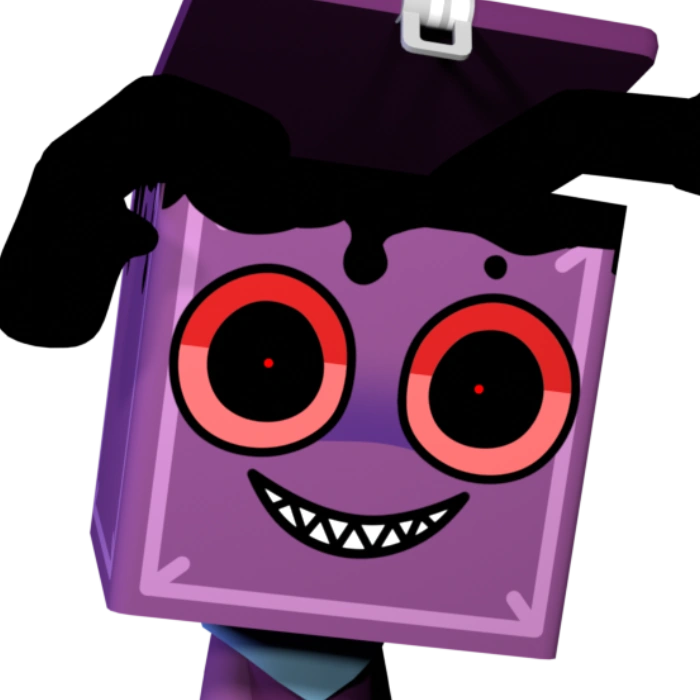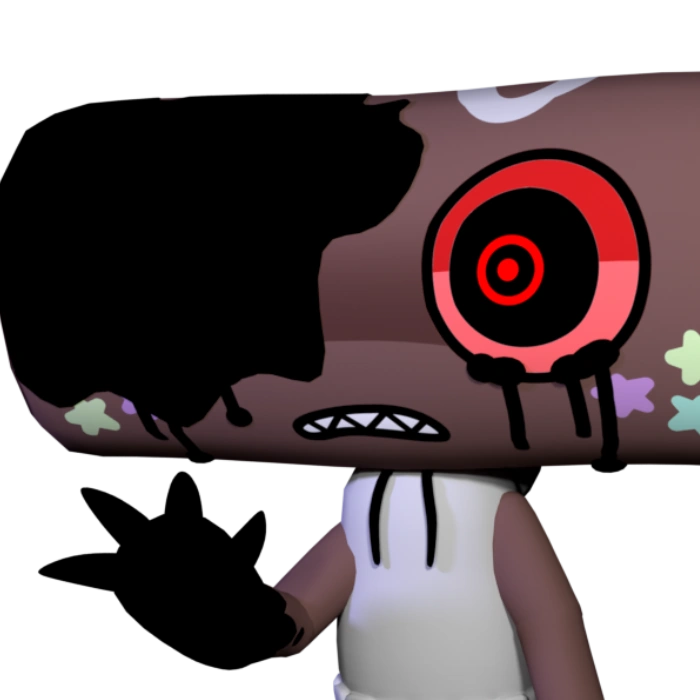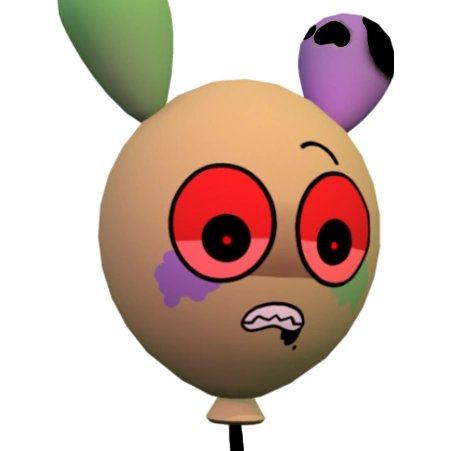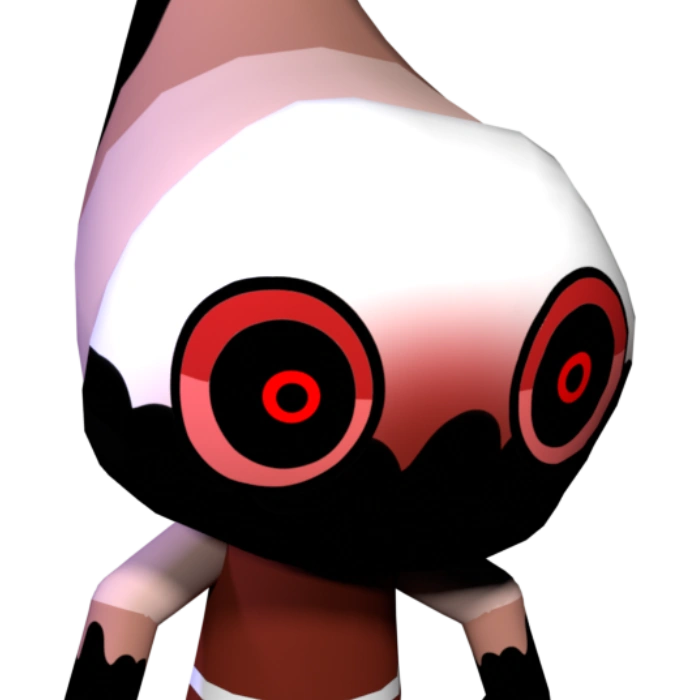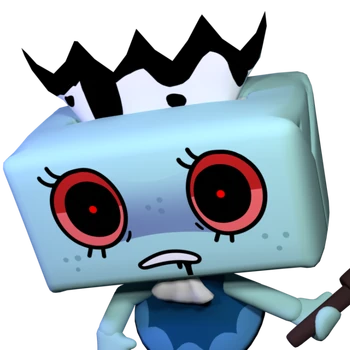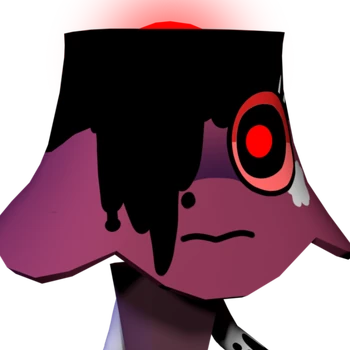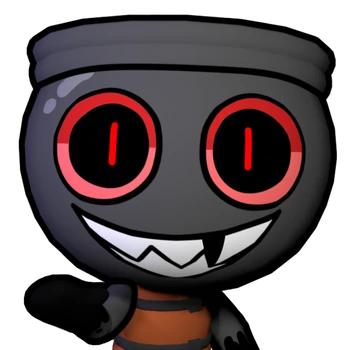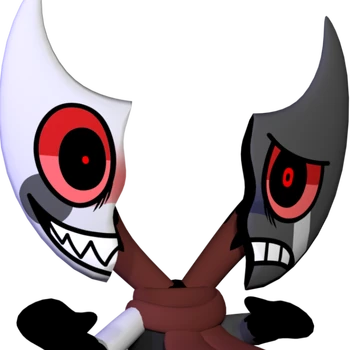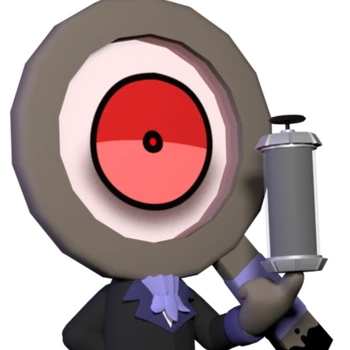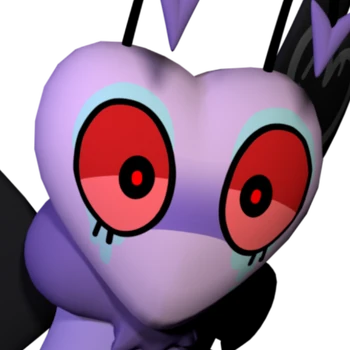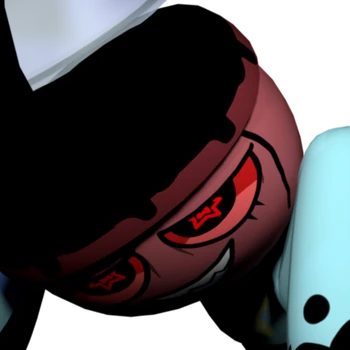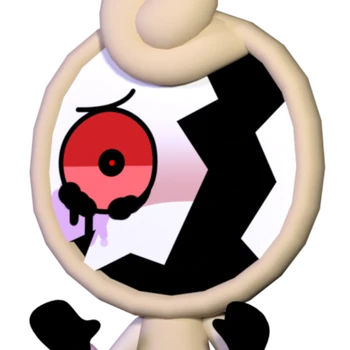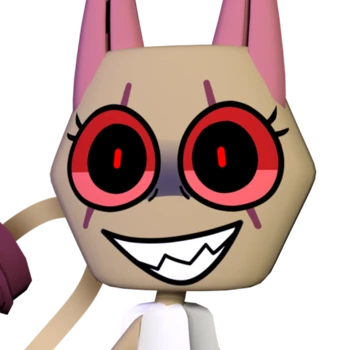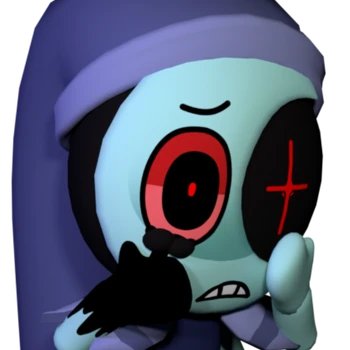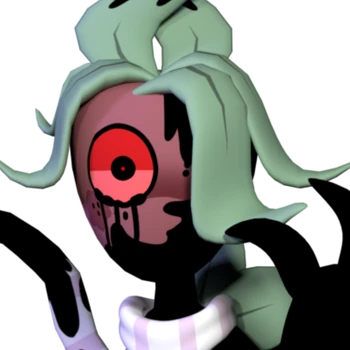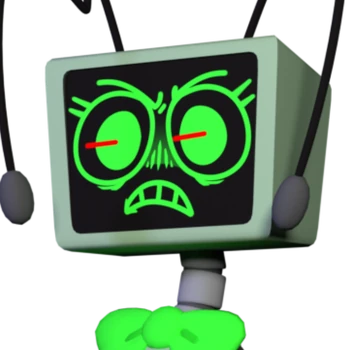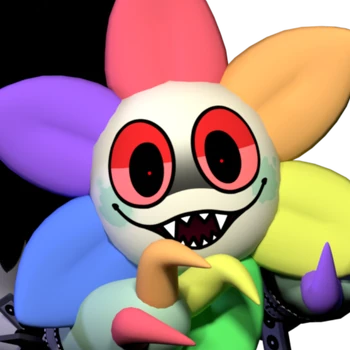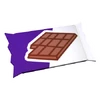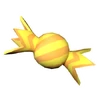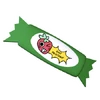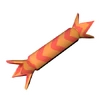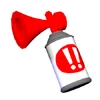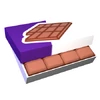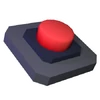On the Subject of Dandy's Floors
Who knew that porting a Roblox place to KTaNE would turn out so complex and confusing?
- This module has a total of 6 states/modes it can be in: Initial State, Stages Mode, Submission Mode, Recovery Mode, Strike Mode and Solved State.
- Once you are familiar with the way this module works physically, refer to section Solving Process.
Initial State
- If there is at least one non-ignored module on the bomb, Dandy’s Floors will begin in the Initial State. In this state, the only notable thing on the module is a flower button with 6 coloured petals.
- If your serial number is somehow “ZZZZZZ” or it somehow contains more than 6 characters, Answer = 0. Press the flower button to enter Submission Mode before solving any non-ignored module. If you solve a non-ignored module without pressing the flower button in this case, the module will go into Strike Mode.
- If the flower button is pressed when not needed, a strike will be given.
Stages Mode
- When the first non-ignored module on the bomb is solved, Dandy’s Floors will go into Stages Mode (unless there was only one non-ignored module on the bomb to begin with, in which case Dandy’s Floors will immediately go into Submission Mode with Answer = 0). In this state, there are a few notable things:
- A FLOOR: text with a number to the right of it, which will start at 1 and will increment every time a non-ignored module is solved, practically acting as a stage counter.
- A MACHINES: text with a number to the right of it, which will always be in range from 4 to 10 (inclusive).
- A 6×4 grid of grey squares with silhouettes/images of Twisted Toons on them. Refer to section Toons Table to see what the Twisted Toons’ images look like.
- A SUBMIT? button, used to enter Submission Mode when needed. If this button is pressed when not needed, a strike will be given.
- Occasionally, after some time after the module displays the next floor, a blackout might occur (this can only happen on floors 3+). During a blackout, module’s background will be darker, and the grey squares on the 6×4 grid will be black instead.

